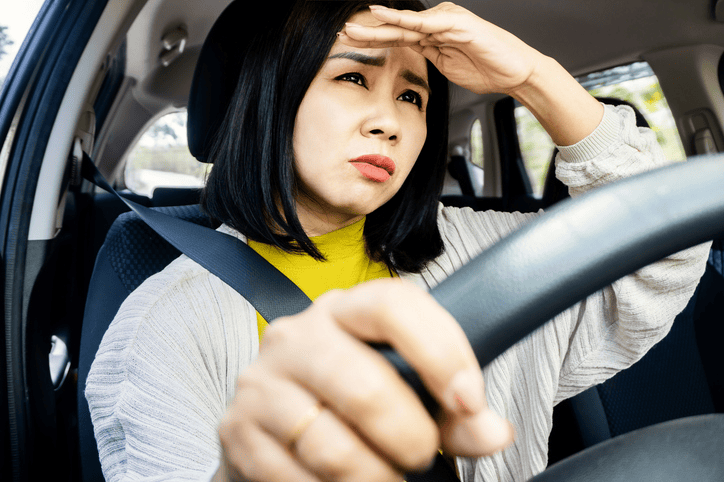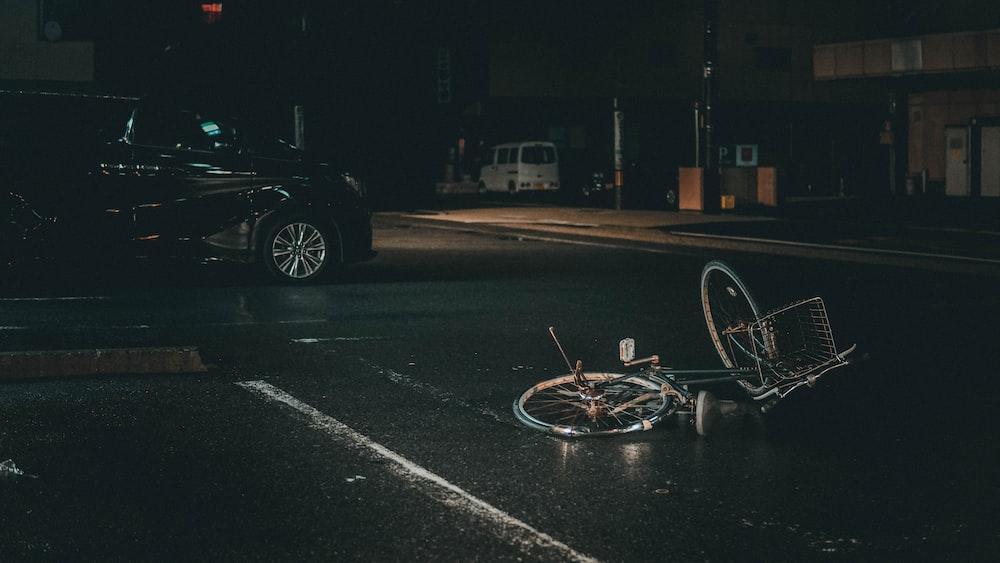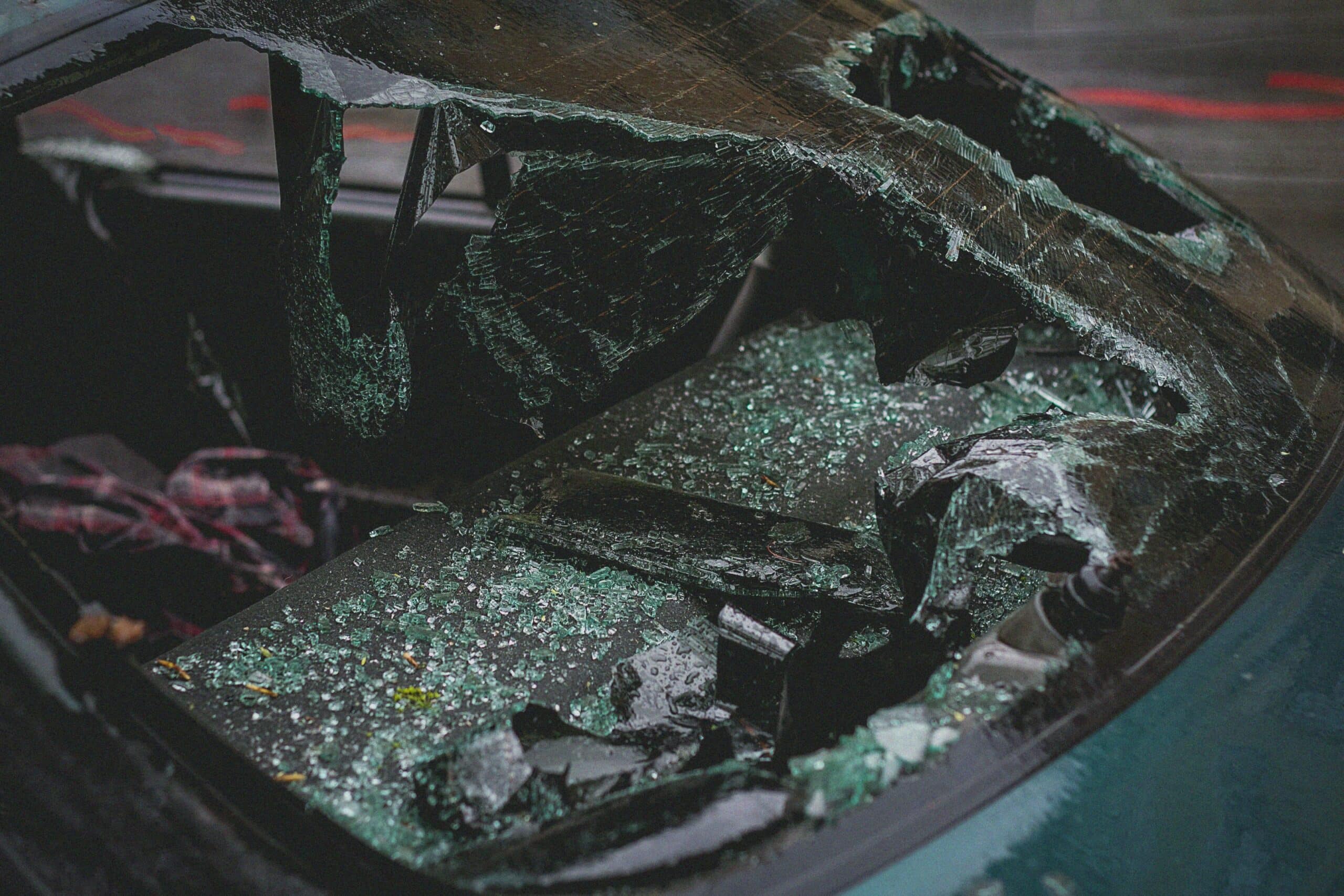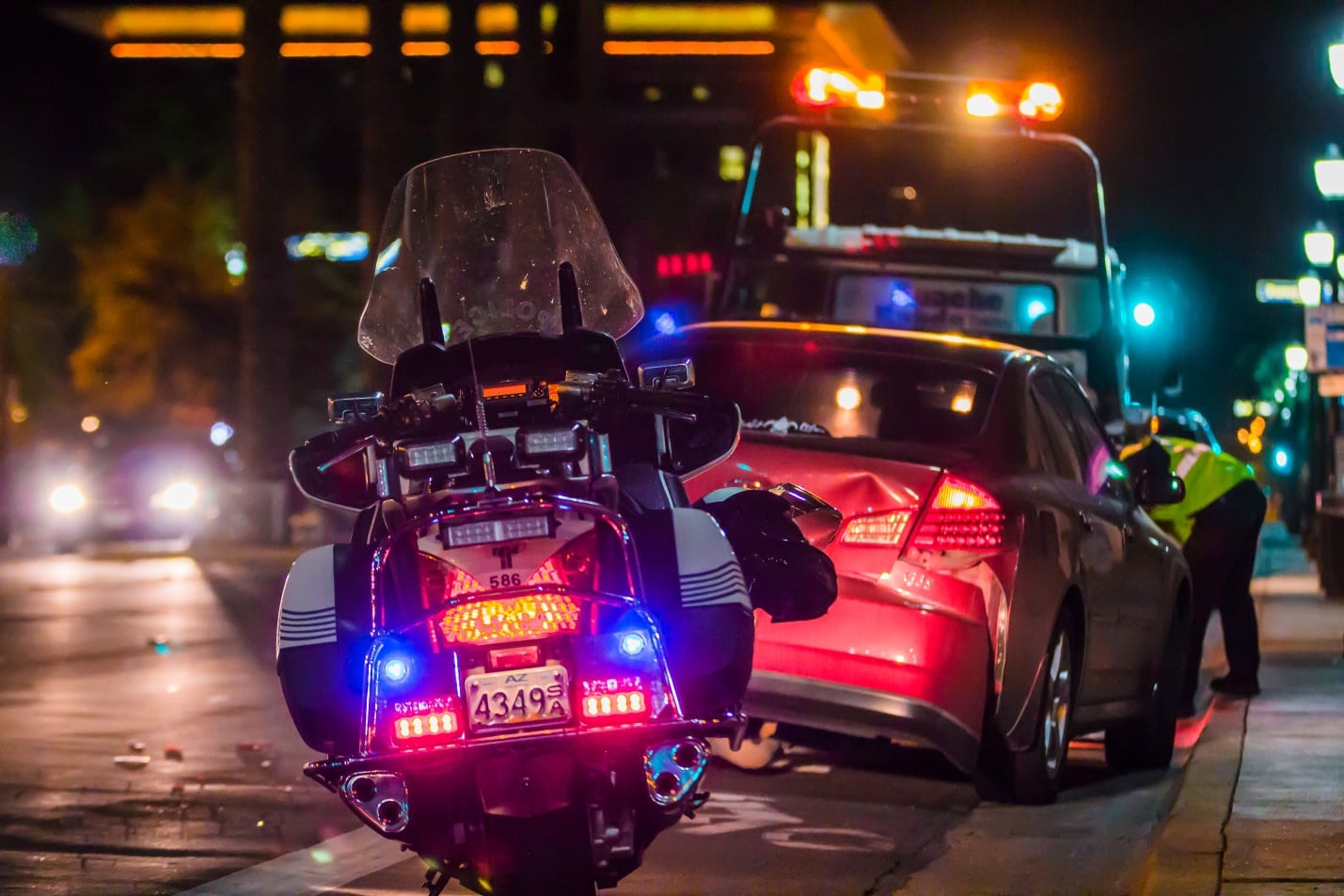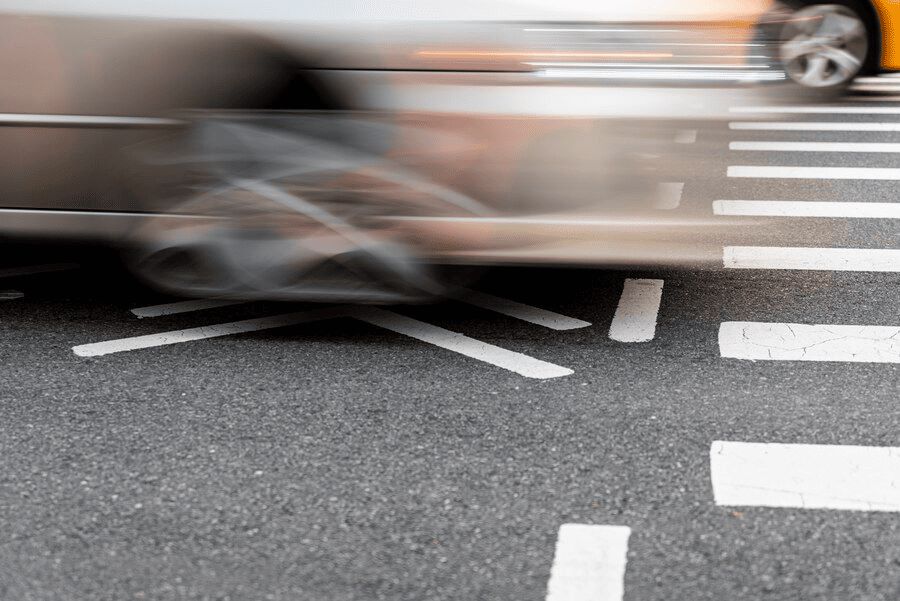
You’re driving down a Nevada road, minding your own business, not crossing the speeding limit, when suddenly, a pedestrian darts in front of your car. You slam on the brakes, but it’s too late. The accident occurred, and now you’re left wondering about your legal responsibilities and rights in this situation. What should you do next?
In this article, we will explore the complex world of pedestrian-car accidents in Nevada, covering the legal aspects of traffic accidents, the responsibilities of both the driver and the pedestrian, and how to seek fair compensation for your injuries and damages.
Pedestrian Accidents in Nevada
Pedestrian accidents can be traumatizing experiences for both the driver and the pedestrian. They often result in significant injuries, property damage, and sometimes even fatalities. When such an incident occurs, understanding the legal framework is crucial.
Nevada, like many other states, follows a modified comparative negligence system, which means that both the driver and the pedestrian can share fault for the accident. However, Nevada follows a “51% rule,” which means that if the pedestrian is found to be 51% or more at fault for the accident, they cannot seek compensation.
What to Do When a Pedestrian Runs in Front of Your Car?
When a pedestrian runs in front of your car, it can be a sudden and frightening experience. However, it’s essential to stay calm and take the necessary steps to ensure everyone’s safety and navigate the legal aspects of the situation, especially if an accident occurs. Here’s a step-by-step guide on what to do when a pedestrian runs in front of your car:
Stay Calm and Safe: Your first priority is safety. Try to avoid panic and keep control of your vehicle. Slamming on the brakes or swerving recklessly can lead to further accidents.
Check for Injuries: Once your car is safely stopped, check for injuries. Assess the pedestrian’s condition, and if necessary, call 911 for immediate medical assistance.
Move to a Safe Location: If possible, move your car to a safe spot away from oncoming traffic. This will help prevent additional accidents and ensure everyone’s safety.
Call the Police: Regardless of the severity of the accident, it’s crucial to call the police and report the incident. They will arrive at the scene to investigate and create an official report, which may be essential for insurance claims and legal purposes.
Exchange Information: Exchange contact and insurance information with the pedestrian and any witnesses. Document the pedestrian’s name, contact details, and their version of the events. Gather the contact information of any witnesses as well.
Document the Scene: Use your phone or a camera to take photos of the accident scene, including the position of your car, the pedestrian, any visible injuries, and any damage to your vehicle. This documentation can be valuable later on.
Notify Your Insurance Company: Contact your car insurance company as soon as possible to report the accident. They will guide you through the claims process and help determine the coverage for the incident.
Seek Legal Advice: Depending on the circumstances, you may want to consult with a personal injury lawyer, especially if injuries or disputes arise. A legal professional can help protect your rights and navigate the complex legal aspects of the situation.
Determine Who is Liable for the Accident
The second step for you in any pedestrian-to-car accident case is determining who was at fault. Was it the driver, the pedestrian, or both? This is where the concept of comparative negligence comes into play. Nevada law looks at several factors to establish fault in a pedestrian-car accident:
Duty of Care:
Both the driver and the pedestrian have a duty of care to avoid accidents. Drivers must follow traffic laws and be attentive to their surroundings, while pedestrians must use marked crosswalks, obey traffic signals, and avoid jaywalking.
Proving Negligence:
To hold a party liable, it must be proven that they breached their duty of care. For instance, if a driver fails to yield to a pedestrian at a marked crosswalk, a traffic signal, or if a pedestrian crosses the street against the walk signal, they may be deemed negligent.
Pure Comparative Negligence:
Nevada follows a pure comparative negligence system, which allows the injured party to seek compensation even if they were partially at fault. However, the amount of compensation is reduced by the percentage of fault assigned to the injured party.
Designated Crosswalks:
Pedestrians are generally safer when using designated crosswalks and obeying traffic signals. Drivers must yield the right-of-way to pedestrians in these situations.
Jaywalking and Traffic Signals:
If a pedestrian caused the accident by jaywalking or crossing against traffic signals, they may be held liable.
Seeking Compensation
If you’re involved in a pedestrian-car accident and you’ve suffered damages, you may be entitled to compensation. This can include medical expenses, property damage, and even non-economic damages such as pain and suffering.
To seek compensation, you should take the following steps:
Medical Treatment: Your health is the top priority. Seek immediate medical treatment, even if your injuries seem minor. It’s essential to document your injuries for your case.
Contact a Personal Injury Lawyer: Consult with a qualified personal injury lawyer who specializes in pedestrian accidents. They can help you navigate the legal process, gather evidence, and build a strong case on your behalf.
Insurance Company: Notify your car insurance company about the accident. They will guide you through the process of filing a claim. Be cautious when dealing with insurance adjusters, as they may try to minimize the compensation you’re entitled to.
Shared Fault: Be prepared for the possibility of shared fault. Your lawyer will work to prove that you were not the primary cause of the accident and aim to maximize your compensation.
Legal Responsibility: Understand that seeking fair compensation can be a complex process. A skilled attorney will help you establish the other party’s legal liability and negotiate on your behalf.
How an Attorney Helps You Proving Liability After a Pedestrian Accident?
An attorney can be a valuable asset in helping you prove liability after a pedestrian accident. They have the legal expertise and experience to gather and present evidence that demonstrates the responsible party’s negligence and secures fair compensation for your injuries and damages. Here’s how an attorney can assist you in proving liability:
Investigation and Evidence Gathering:
Attorneys have the resources and knowledge to thoroughly investigate the accident. They can collect crucial evidence, such as accident reports, witness statements, surveillance footage, and photographs of the scene to establish the sequence of events.
Expert Testimony:
Attorneys may work with accident reconstruction specialists or medical experts who can provide professional opinions about the accident’s cause and the extent of your injuries.
Review of Traffic Laws:
Attorneys are well-versed in traffic laws and regulations, and they can assess whether the responsible party violated any traffic laws that contributed to the accident.
Consultation with Witnesses:
Your attorney can interview witnesses to gather statements that support your version of the events and corroborate your claim.
Medical Records and Bills:
Attorneys will help you obtain and organize your medical records and bills, which are essential for demonstrating the extent of your injuries and the costs associated with your medical treatment.
Negotiation with Insurance Companies:
Attorneys are skilled negotiators and can handle discussions with insurance companies to ensure you receive a fair settlement. They can advocate on your behalf to maximize compensation.
Legal Expertise:
Attorneys understand the legal process and can file the necessary legal documents, such as a lawsuit if negotiations fail. They also know how to navigate the complexities of the legal system.
Establishing Negligence:
Attorneys will work to establish negligence on the part of the responsible party. This involves demonstrating that the party breached their duty of care, leading to the accident and your injuries.
Building a Strong Case:
Your attorney will construct a comprehensive and compelling case, presenting the evidence in a way that supports your claim for compensation.
Advocating for You:
An attorney acts as your advocate, representing your interests and ensuring that your rights are protected throughout the legal process.
Litigation:
If a fair settlement cannot be reached through negotiations, your attorney can take the case to court, presenting your case before a judge and jury.

Consult an Experienced Car Accident Attorney at BLG
Navigating a Nevada pedestrian-car accident’s legal complexities is challenging, but understanding your rights is crucial. Consult a Nevada pedestrian accident lawyer to pursue fair compensation. Follow traffic laws, exercise care, and prioritize road safety. Your well-being and legal rights matter, whether in Las Vegas or anywhere in Nevada. If you’ve had a Nevada pedestrian accident, request a free consultation with an experienced attorney to start your path to justice and fair compensation.
If you’ve been involved in a pedestrian-car accident in Nevada, don’t wait. Reach out to BLG’s team of dedicated car accident attorneys now. We are here to help you understand your legal options, how personal injury law protects your rights, and seek fair compensation.
Contact us today for a free consultation, and let us work towards a just resolution for your case.
FAQS
Is the Driver Always Liable for Pedestrian Accidents?
No, the driver is not always liable for pedestrian accidents. Liability in pedestrian accidents is determined based on the specific circumstances of the incident and the actions of both the driver and the pedestrian involved. Liability may vary depending on factors such as traffic laws, the duty of care owed by each party, and whether either party acted negligently.
When is a Pedestrian Liable for an Accident?
A pedestrian can be deemed liable for an accident when they breach their duty of care, such as jaywalking or crossing against traffic signals, failing to use designated crosswalks, or exhibiting reckless behavior that contributes to the accident.
